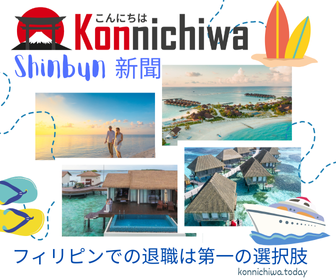Nishio (Matcha City)


Nishio, in Aichi Prefecture, bills itself as “the Matcha City.” Here, 98% of the tea produced is tencha, the raw material for matcha. The mild climate and mist from the Yahagi River enhance the quality of the tea leaves. Also called “Little Kyoto,” Nishio offers a full matcha experience to green tea lovers. Easily accessible from both the Kansai and Kanto areas, guests can avoid the crowds, pick tea leaves, grind them into powder, brew and drink tea.
History of Matcha in Nishio City
 Photo by: PIXTA/ ohagi reiko
Photo by: PIXTA/ ohagi reikoDuring the Edo Period, Nishio flourished as a castle town. The history of tea in Nishio began with the founder of Jissoji Temple planting tea seeds in 1271, when the temple was first built. Later, around 1872, Adachi Jundo, chief priest of Kojuin Temple, introduced tea cultivation and tea-making techniques. In the latter half of the Taisho Era (1912-1926), Nishio began cultivating and producing mainly tencha. Now, Nishio is the only city in Japan that specializes in the production of matcha, the high-grade powder used for the tea ceremony.
Matcha production is a meticulous process. Farmers must be careful about the amount of sunlight and moisture that the tea bushes receive. The leaves are picked entirely by hand; no machines are used.
Matcha Experience
 Photo by: Nishio Kanko
Photo by: Nishio KankoSeveral places in Nishio offer a “matcha experience,” including Saijoen Aiya, Shokakuen, Aoiseicha and the Former Konoe Residence. During harvest season, visitors can don a traditional costume and pick tea leaves at the local plantations along with English-speaking guides. They can extend the experience by visiting the Matcha Museum at Saijoen Aiya, Shokakuen or Aoiseicha to observe the manufacturing process, blend tea leaves, and grind them by hand with a mortar and pestle. Afterwards, guests can make tea and enjoy their own brew in a traditional tearoom. Aoiseicha offers tea ceremony classes, as well as lessons in making conventional Japanese cakes. At the former Konoe Residence, which has been relocated from Kyoto to Nishio City, guests can also experience wearing a kimono (reservations are required.)
These facilities can accommodate groups of up to twenty people or individuals. Because Nishio is relatively small and is not affected by overtourism, visitors can park their cars and enjoy all of these experiences in a concentrated area.
Local Specialties
 Photo by: PIXTA/ オクケン
Photo by: PIXTA/ オクケンIn addition to hands-on opportunities, many shops along the streets sell matcha-based sweets, such as parfaits, cakes and mochi. Nishio City is also known for unagi don (grilled eel rice bowls).






